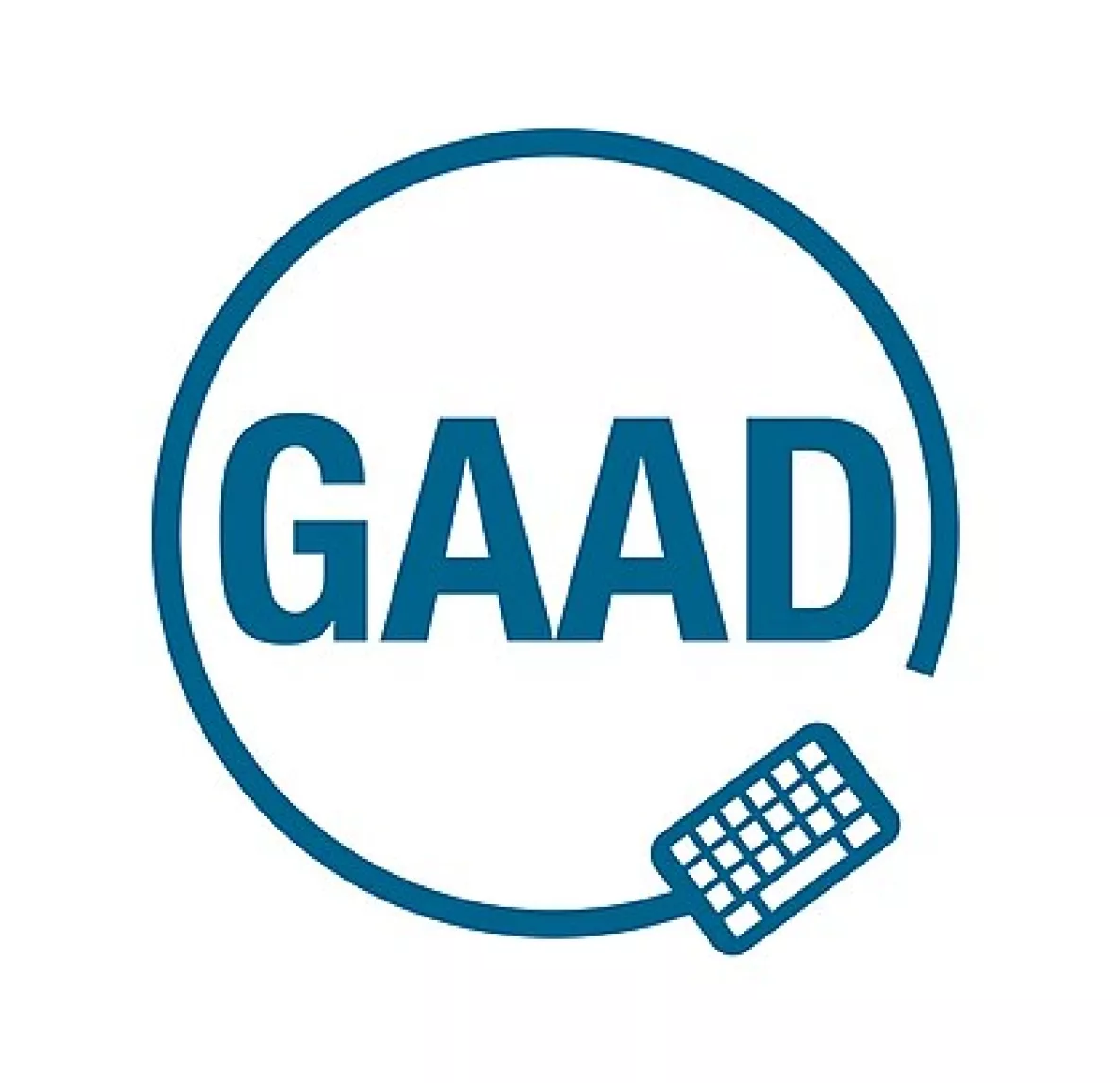
A blog can be a great way of keeping people updated. Whether you’re providing weekly recaps to your class, telling people about the latest technology developments, or providing a set of tips and guidelines, blogs are an effective form of communication.
As such, it is vital to ensure that your blog can be read by as many people as possible. Some users, like those who are blind or visually impaired, have special requirements when it comes to consuming online content. To allow them to get the most out of your work, you should make every effort to make your blog an accessible platform.
The following are a series of tips which will make your posts more accessible.
Selecting a Platform
If you have the option of selecting which blog software you will be using for your posts, it is worth considering which option offers the best accessibility features. The consensus among accessibility experts is that WordPress offers many aspects which make it suitable for this purpose. These include:
-
Themes: Themes dramatically affect how your content looks and allow a great deal of customisation. WordPress offer a category of themes which are specifically designed with accessibility in mind. You can find a range of accessible themes here: https://wordpress.com/themes/filter/accessibility-ready
-
Plugins: Another advantage of WordPress is the plugin system. Plugins extend the functionality of the platform and allow anyone to develop additional features which aren’t offered by default. Similar to themes, people have developed plugins to provide more accessibility features, such as Grow Pro and Gutenburg Alt-Text Tools, both of which make the addition of alt-text to images easier.
Layout and Design
Laying out and designing how your content looks is not only important for making your work aesthetically pleasing, but it also affects how accessible your content is. Follow these best practices when deciding how your site will be set up:
-
Keep all additional material (a Blog Roll or additional navigation links for example) to the right of the main content. Screen readers will start at the top left of the page, so don’t create a situation where the user has to cycle through these on each new page before getting to the content.
-
If your blog allows you to control the stylesheet or to directly edit the html code of your posts, don’t use absolute font sizes. For example, it is better to set your headings to be 150% the size of your body text rather than setting your heading to be a 20pt font if your main body text is 15pt. This will allow users to size the content as they wish without distortion.
-
Use the html heading tags (<h1>, <h2>, etc) to structure and lay out content. Don’t simply change the font size or make it bold, as this won’t be caught by screen readers.
-
Colour:
-
Use high contrast colours where possible, as these are easier for those with low vision to read. You can test whether you have used enough contrast using this utility: https://www.tpgi.com/color-contrast-checker/
-
Vischeck (https://www.vischeck.com/) is a utility to check whether your colour choices are accessible to colour blind users.
Content Guidelines
The following are some general tips for your writing:
-
All pictures need to have alt-text associated with them. This text describes the content of the picture for users who are using screen readers. On WordPress, when you upload a new resource, there is an option to add alt-text immediately. You should make this text as descriptive as possible.
-
Don’t use images as links to other resources or pages. Low vision users may have difficulty with these.
-
When using a hyperlink, don’t use “Click Here”. Be descriptive and say something like “Create account by clicking here”. When using a screen reader, a user can request a list of every link on a page. As such, you want your links to be as clear as possible.
-
Avoid forcing links to open in a new window or tab. This can be disorientating to people using a screen reader.
-
Caption all video content for those who are hearing impaired.
-
Provide transcriptions of video content.
-
Do not use auto-playing videos or audio. If you use these, a reader who is using a screen reader will hear both your audio and a a description of the page at the same time, which could be frustrating.
-
You should also follow the conventions for writing good copy, such as sticking to the active rather than passive voice, being clear and concise, breaking lists into bullet points, etc. This approach will make your content easier to understand.
As more and more people access information online, it becomes even more important that material is accessible to everyone. By following the suggestions above, you can help make your blog can to be read by a larger, more varied audience.